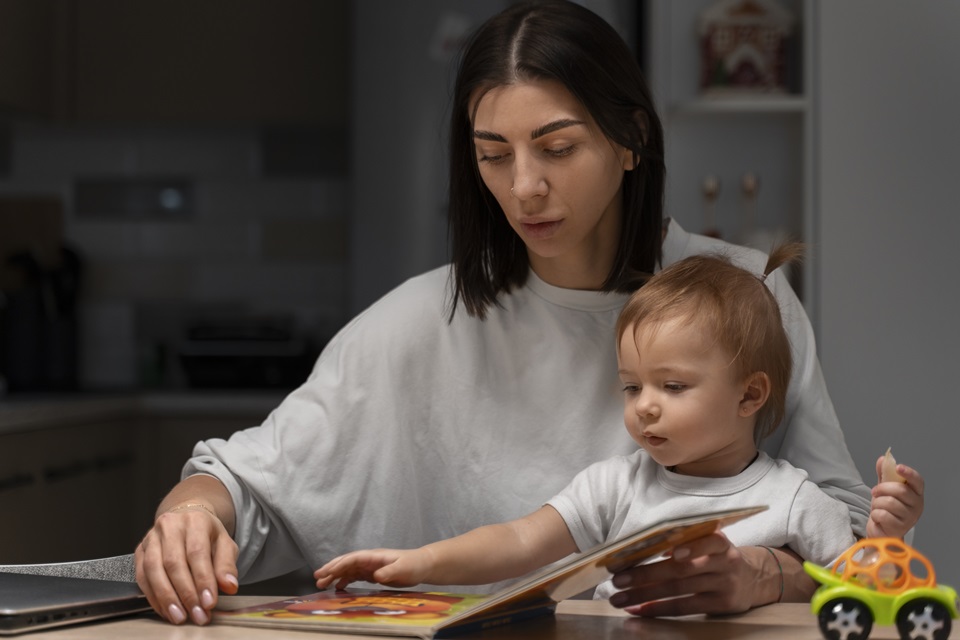Navigating the early years of parenthood involves much more than just middle-of-the-night feedings and lullabies. It’s about creating a safe, nurturing environment where your little one can thrive. From choosing the right gear to understanding the dos and don’ts of baby care, each decision plays an essential role in your child’s health and happiness. Let’s dive into the most important essentials that ensure both peace of mind and a safe foundation for your baby’s journey.
Table of Contents
Setting Up A Safe Sleep Environment
One of the first steps in safe parenting is setting up a secure sleeping area for your baby. It’s crucial to use a firm mattress in a safety-approved crib. Keep the crib free of pillows, blankets, and toys, which can increase the risk of sudden infant death syndrome (SIDS). Opt for a sleep sack or a swaddle blanket instead of loose bedding to keep your baby warm and safe during the night. Additionally, placing the crib in your bedroom for the first six months to a year can help you keep a closer watch on your little one and provide quick access during their nightly needs.
Choosing The Right Baby Gear
The right baby gear not only makes life easier but also ensures your baby’s safety. When shopping for items like car seats, strollers, and high chairs, always look for products that meet current safety standards. Read reviews and check for recalls before making a purchase to ensure that you’re getting the safest possible option. For at-home essentials, consider items like a baby-changing basket, which can be a secure, elevated space for changing diapers, especially when designed with safety barriers and a stable base.
Kitchen & Bathroom Safety Tips
As your baby begins exploring through crawling, kitchen and bathroom safety becomes paramount. In the kitchen, keep all cleaning products, sharp objects, and small appliances out of reach or securely locked away. Use stove knob covers and door latches to prevent little hands from opening what they shouldn’t. In the bathroom, set your water heater to below 120 degrees Fahrenheit to prevent scalding, and never leave your child unattended in the bath. Equip toilets with childproof locks and keep bathroom doors closed to avoid unsupervised access.
Ensuring Safe Sleepwear: The Importance Of Choosing The Right Pajamas
When it comes to nighttime, dressing your baby appropriately can significantly impact their safety and comfort. Opt for snug-fitting pajamas made from breathable, fire-retardant materials that do not bunch up around their face or neck, which can pose a suffocation risk. For younger babies, especially those who haven’t started rolling over yet, baby footie pajamas are an excellent choice. These one-piece outfits often come with built-in feet to keep your baby’s toes warm and prevent any loose fabric from covering their face. Additionally, footie pajamas provide the benefit of easy diaper changes without fully undressing your baby, keeping them cozy and secure through the night.
Childproofing Your Home: A Room-By-Room Guide
As your child becomes more mobile, childproofing your home becomes an essential step in ensuring their safety. Start with securing large furniture to the walls to prevent tipping. Installing safety gates (baby gates) at the top and bottom of stairs, as well as window guards to protect your child from falls, is a must. In the living room, cover sharp furniture edges with corner protectors and keep small objects, like batteries and coins, out of reach. In the child’s room, ensure all toys are age-appropriate and do not contain small parts that could be choking hazards. Regular audits of your child’s play area can prevent accidents and promote a safe exploration environment.
Learning Basic First Aid
Every parent should have basic first-aid knowledge to respond effectively to common injuries or emergencies. Consider taking a pediatric first aid course that includes CPR and choking relief. Keep a well-stocked first aid kit accessible at home and in your car, with items like bandages, antiseptics, and a digital thermometer. Knowing how to treat minor injuries or how to act in a more severe emergency can make a significant difference in the safety and well-being of your child.
Embracing Safe Parenting Practices
Safe parenting is a continuous commitment that evolves as your child grows. By creating a secure environment, choosing the right products, and being prepared for emergencies, you can significantly reduce risks and ensure your child’s safety. Remember, the goal of safe parenting isn’t just to shield your child from every potential harm but to create a secure space where they can explore, learn, and grow with confidence. Through informed choices and proactive measures, you can enjoy the journey of parenthood, knowing you’ve taken the necessary steps to protect your precious one.



